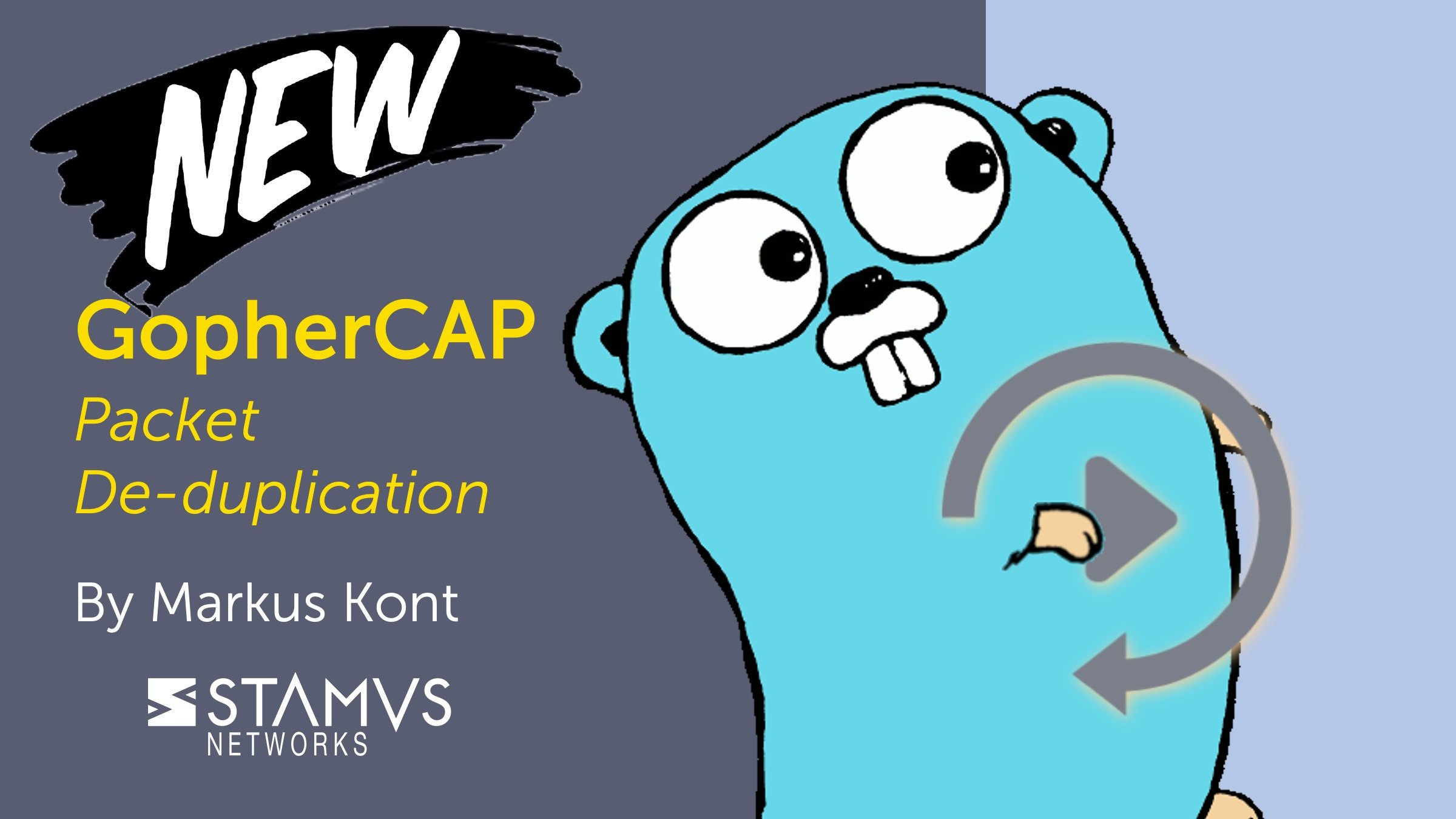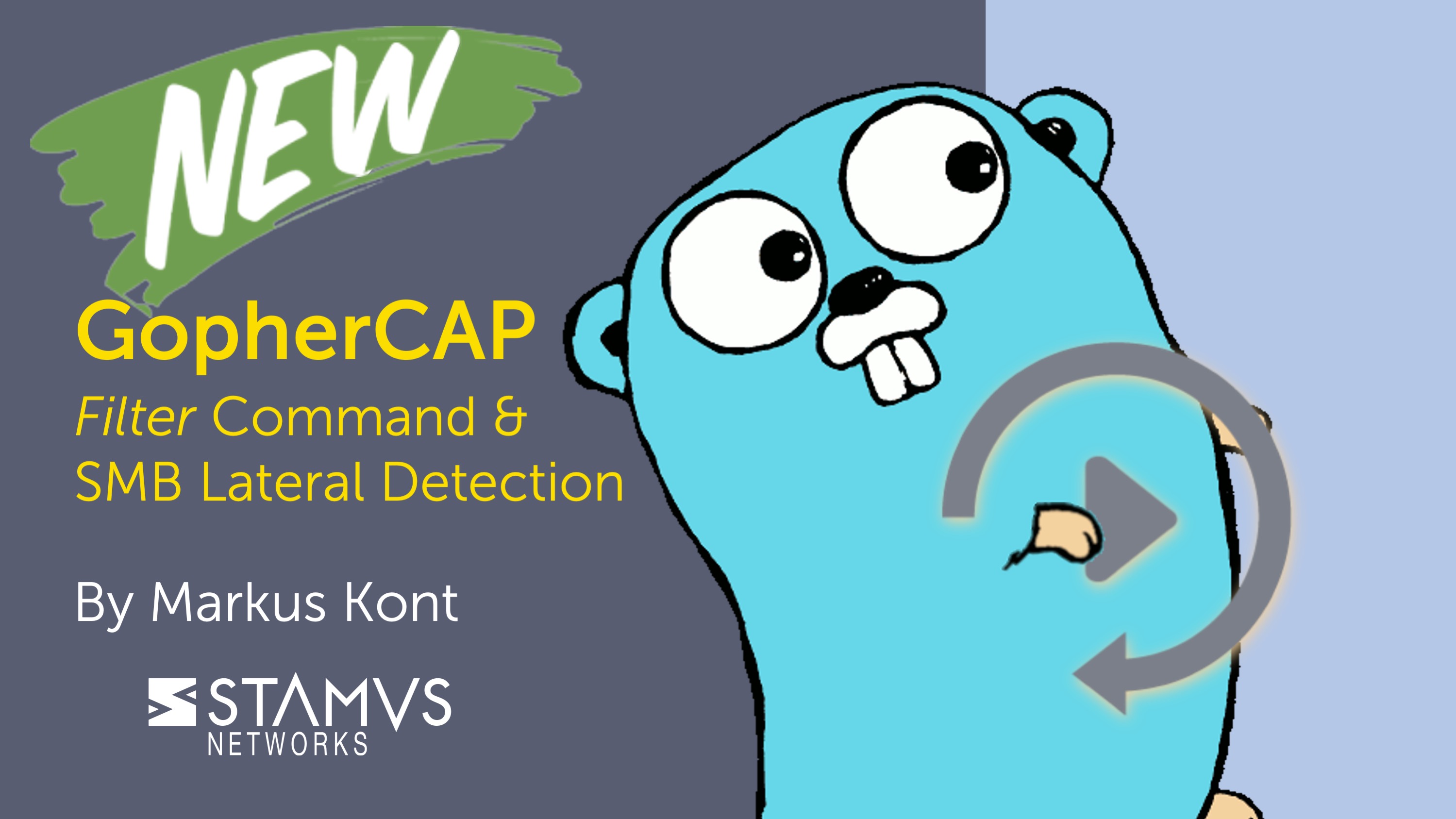GopherCAP™ is a custom PCAP manipulation tool written in Golang that leverages Google’s GoPacket library for advanced packet replay.
An open source project developed and supported by Stamus Networks, GopherCAP was initially designed for PCAP replay, but has since expanded to include functions for PCAP filtering and advanced threat research.






